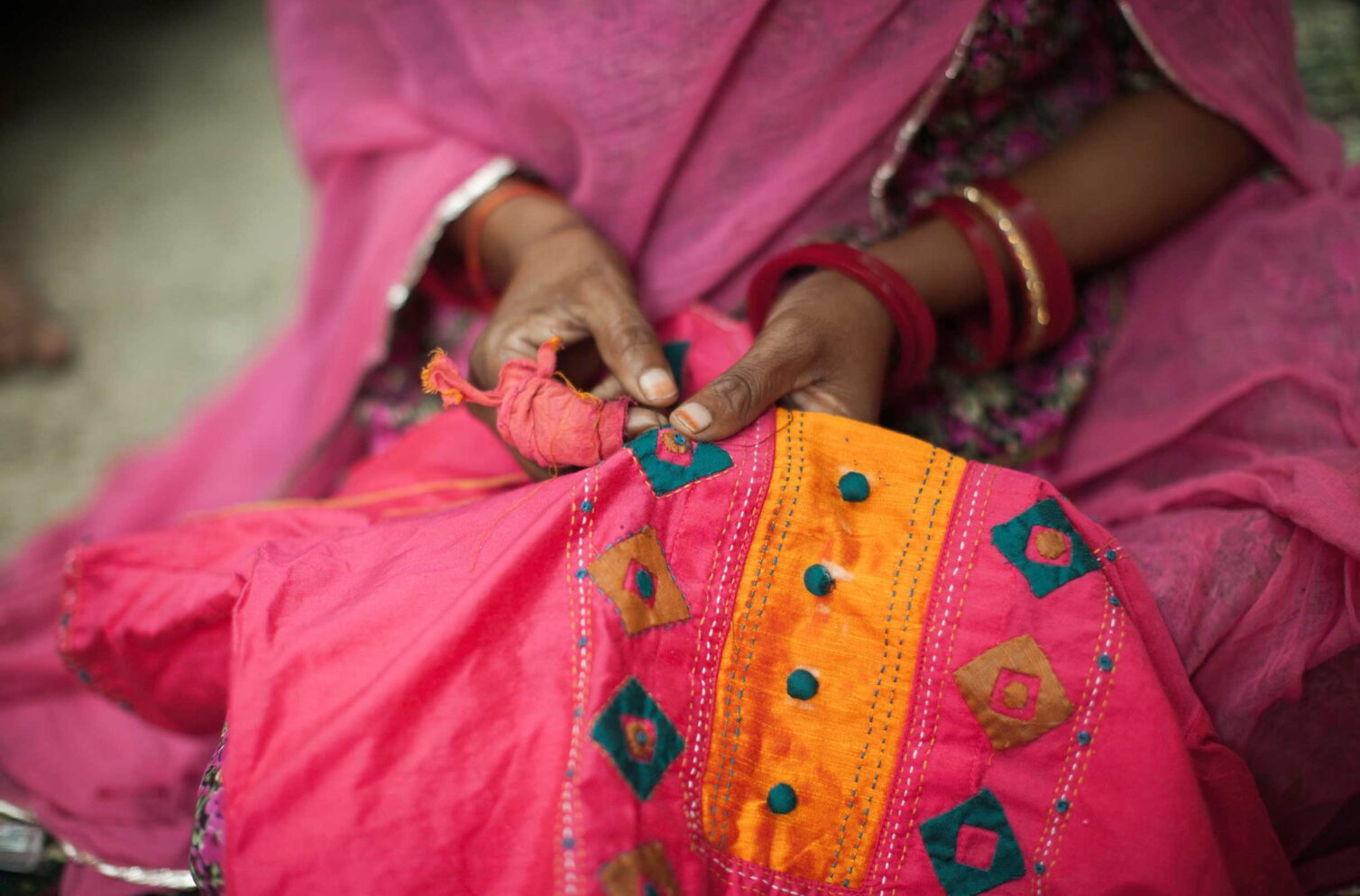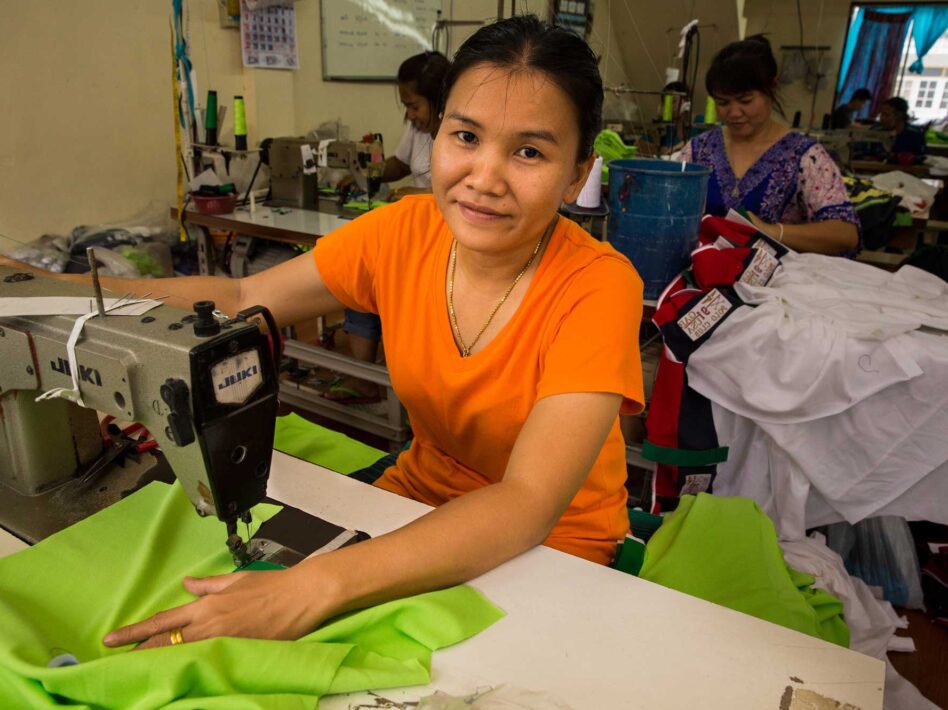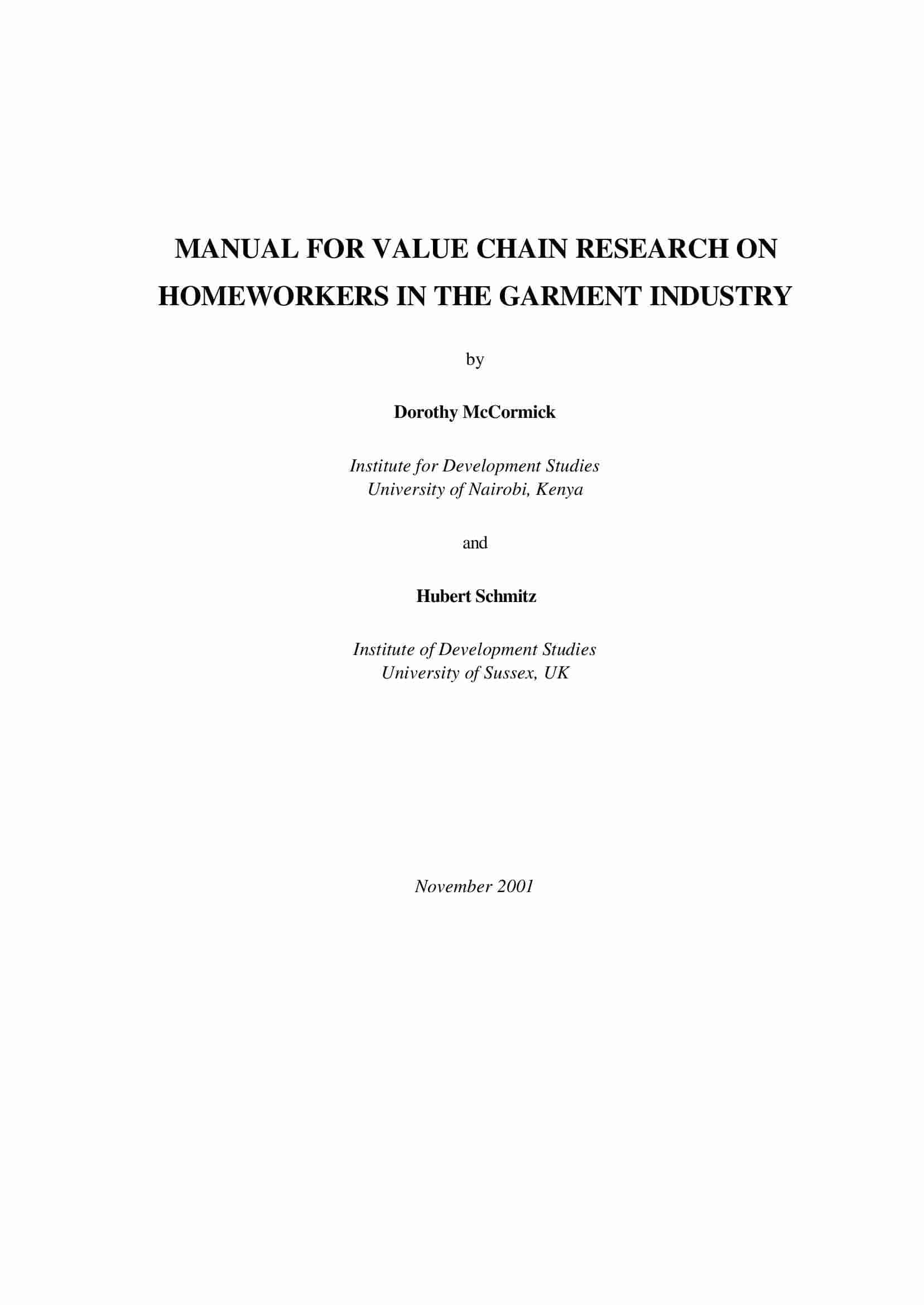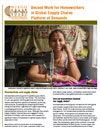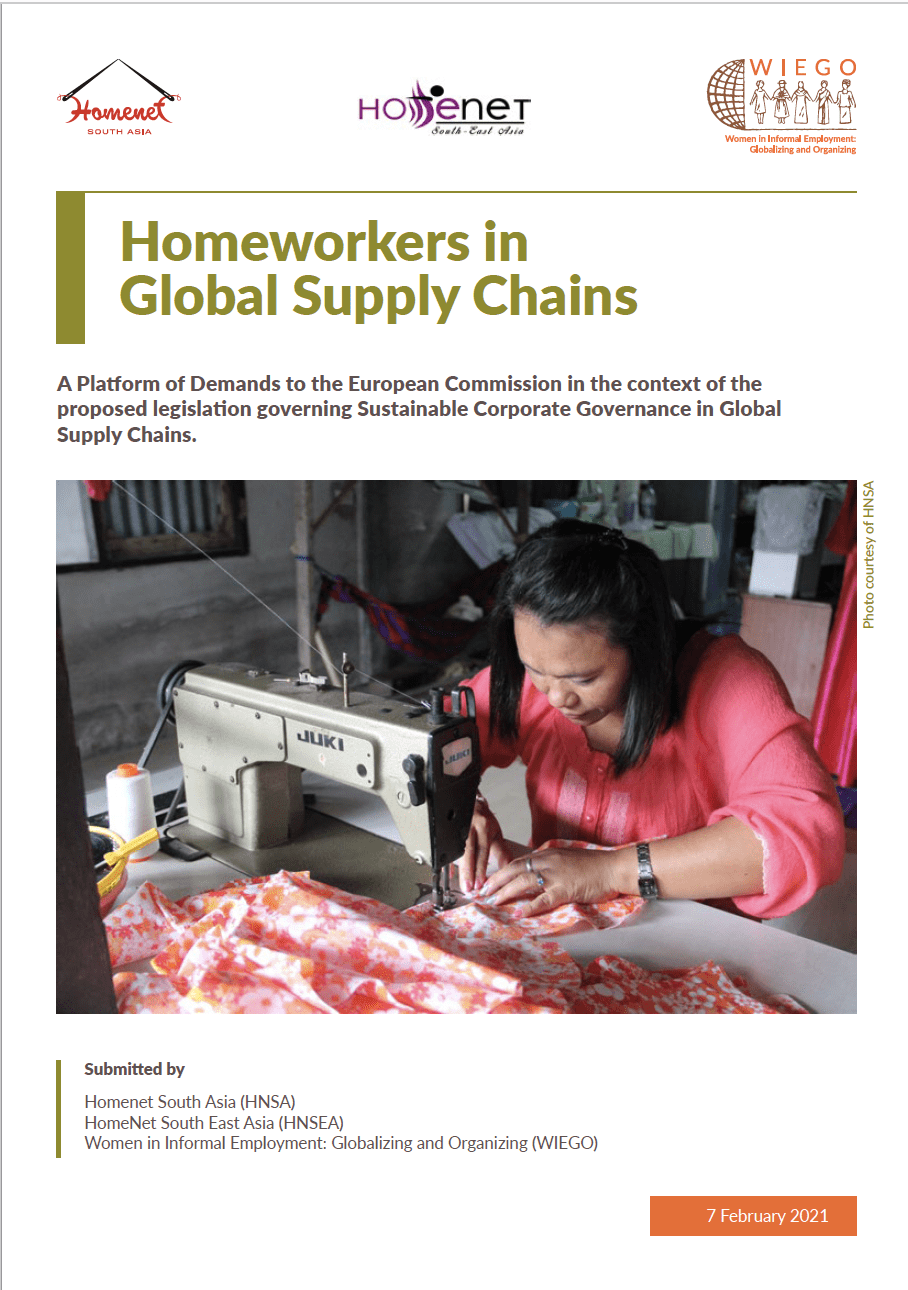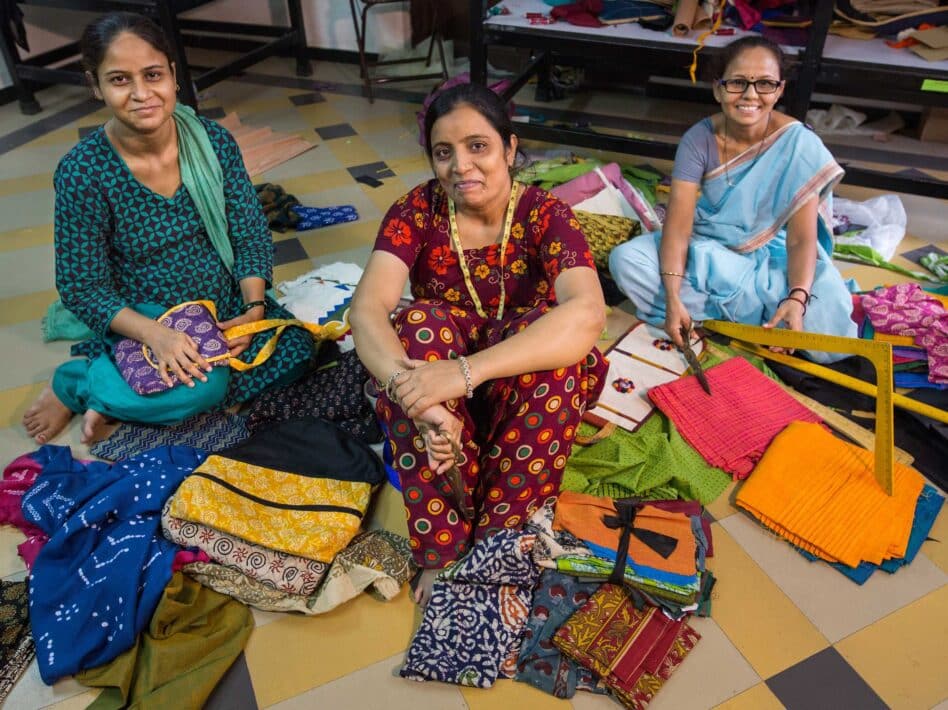Garment workers around the world, especially those who do the basic stitching of children’s and women’s garments, are predominantly women. But often, some of the higher-skilled tasks, such as cutting, are done by men. And where products require more technical skills to produce, women have been squeezed out of garment manufacturing by men, who have more opportunity to learn the required skills (Carr, Chen and Tate 2000).
Export factories tend to hire young, single women and let them go if they marry or become pregnant. This is one reason why banning homework in global supply chains would be devastating for women who rely on the income.
In developed countries, many garment workers – in factories and working from their homes – are immigrant women from Asia or Latin America. In Los Angeles, USA, most garment factory workers are from Latin America and Asia. In Toronto, Canada, most garment workers are Chinese immigrant women who worked in small factories before the North American Free Trade Agreement (NAFTA), but now work from their homes.
In developing countries, notably in China, many garment factory workers are migrant women from rural areas.
